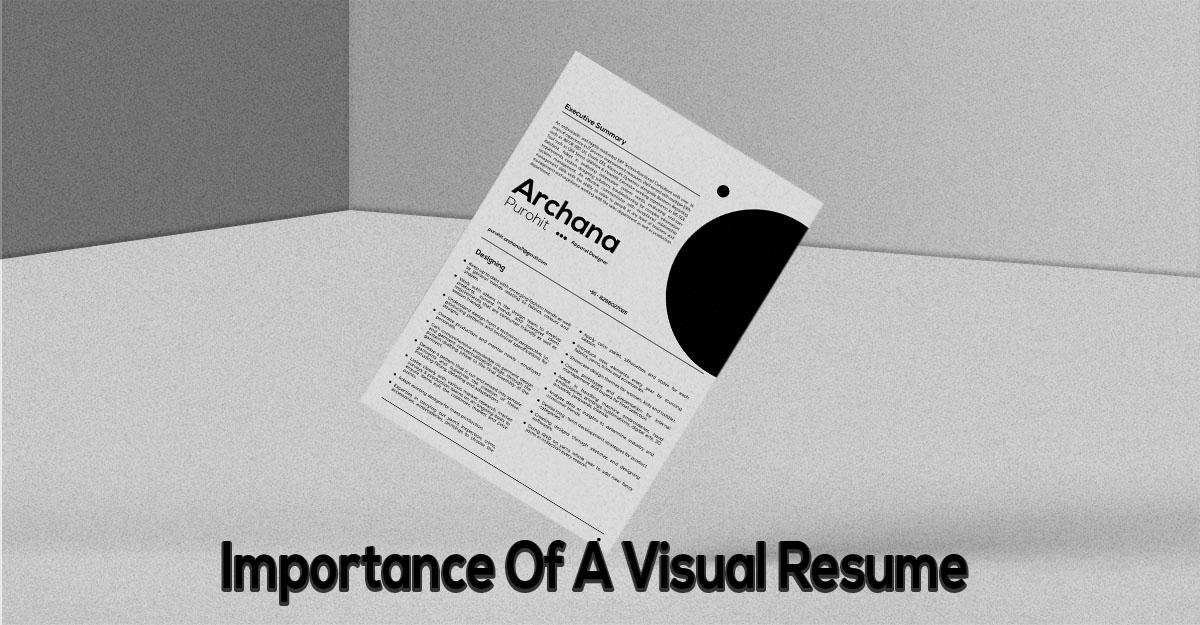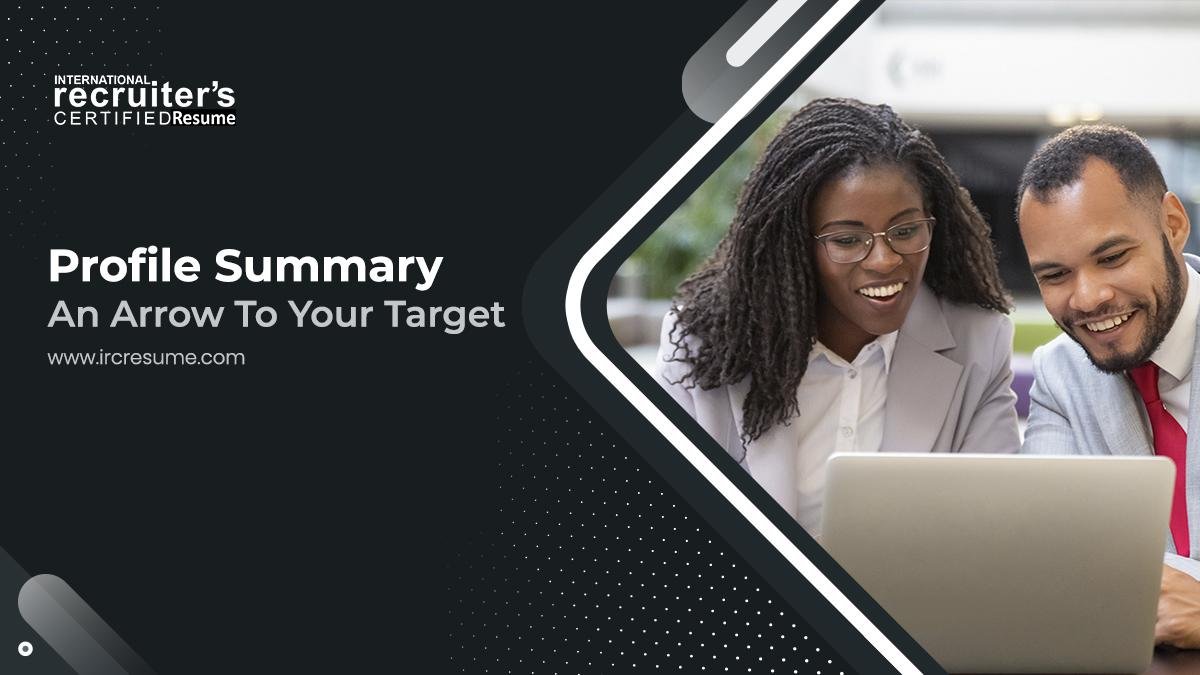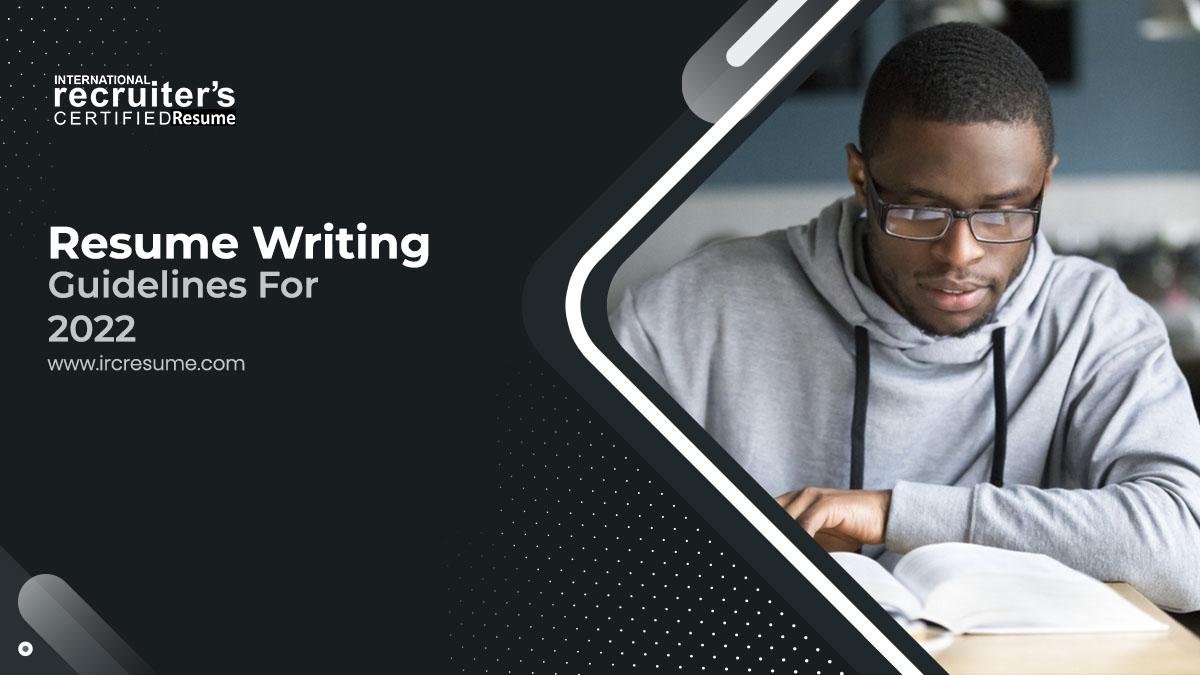Crafting a PR Resume: Essential Sections and Tips

In the dynamic and competitive field of public relations (PR), your resume is your first impression and your most potent tool for standing out. Crafting a resume that captures the attention of hiring managers and effectively showcases your skills, experience, and personality is essential. This article outlines the key sections and offers tips to help you build a compelling PR resume.
1. Contact Information
The contact information section is straightforward but crucial. It should include your full name, phone number, email address, and LinkedIn profile. Ensure your email address is professional and that your LinkedIn profile is up-to-date and aligns with the information on your resume.
Tip:
Include a link to your personal website or online portfolio if you have one, as this can showcase your work in more detail.
2. Professional Summary
The professional summary, also known as a career summary or profile, is a brief paragraph at the top of your resume that highlights your key skills, experiences, and career goals. This section should be tailored to the specific PR role you are applying for and should provide a snapshot of what makes you an ideal candidate.
Tip:
Use strong, action-oriented language and include keywords from the job description to pass through applicant tracking systems (ATS).
3. Core Competencies
Listing your core competencies in a bullet-point format helps hiring managers quickly identify your areas of expertise. These should be specific skills relevant to PR, such as media relations, crisis communication, social media strategy, event planning, and content creation.
Tip:
Keep this section concise and targeted. Avoid listing generic skills and focus on those that match the job requirements.
4. Professional Experience
The professional experience section is where you detail your work history. For each position, include your job title, the company name, location, and dates of employment. Use bullet points to describe your responsibilities and achievements, starting with the most recent job.
Tip:
Quantify your accomplishments wherever possible. For example, "Increased social media engagement by 30% through targeted campaigns" is more impactful than "Managed social media accounts."
5. Education
Include your educational background, listing your degrees in reverse chronological order. Provide the name of the institution, degree obtained, and graduation date. If you have recently graduated or are early in your career, you can also include relevant coursework, honors, and extracurricular activities.
Tip:
If you have completed any certifications or professional development courses relevant to PR, such as a Certificate in Public Relations or a Digital Marketing course, include them in this section or create a separate section for certifications.
6. Awards and Honors
Showcasing awards and honors can help demonstrate your excellence and dedication to the field of public relations. Include any relevant awards, such as industry-specific recognitions, scholarships, or academic honors.
Tip:
Provide a brief description of each award and its significance if it is not widely known.
7. Professional Associations and Memberships
Being a member of professional organizations such as the Public Relations Society of America (PRSA) can enhance your credibility and show your commitment to the field. List any relevant memberships along with any leadership roles you have held.
Tip:
Mention any volunteer work or contributions you have made to these organizations, as it reflects well on your initiative and engagement.
8. Skills
The skills section is a quick-reference guide to your capabilities. Include both hard skills (e.g., media monitoring software, SEO, press release writing) and soft skills (e.g., communication, creativity, problem-solving).
Tip:
Tailor this section to match the skills listed in the job description. This helps in getting past the ATS and making your resume more relevant to the hiring manager.
9. Additional Sections
Depending on your experience and the specific role, you might want to include additional sections such as:
- Projects: Highlight specific PR campaigns or projects you have led or been a part of.
- Publications: List any articles, press releases, or other publications you have written.
- Languages: If you are fluent in multiple languages, this can be a significant asset in PR.
Tip:
Choose additional sections based on what will best highlight your strengths and relevance to the job.
Final Tips for a Winning PR Resume
-
Customize for Each Job:
Tailor your resume for each application. Use the job description to identify key skills and experiences to highlight. -
Keep it Concise:
Aim for a one-page resume if you have less than 10 years of experience. For more seasoned professionals, two pages are acceptable. -
Proofread:
Ensure there are no spelling or grammatical errors. A clean, error-free resume demonstrates attention to detail. -
Design Matters:
Use a clean, professional layout with consistent formatting. Avoid overly complex designs that can distract from your content.
As you prepare to apply for your next public relations role, remember that your resume is more than just a list of jobs; it’s a strategic tool to showcase your value. For a truly standout resume, consider professional assistance. At IRC Resume, we specialize in crafting customized resumes that highlight your unique strengths and achievements. Let us help you make a powerful impression and advance your career in public relations.









